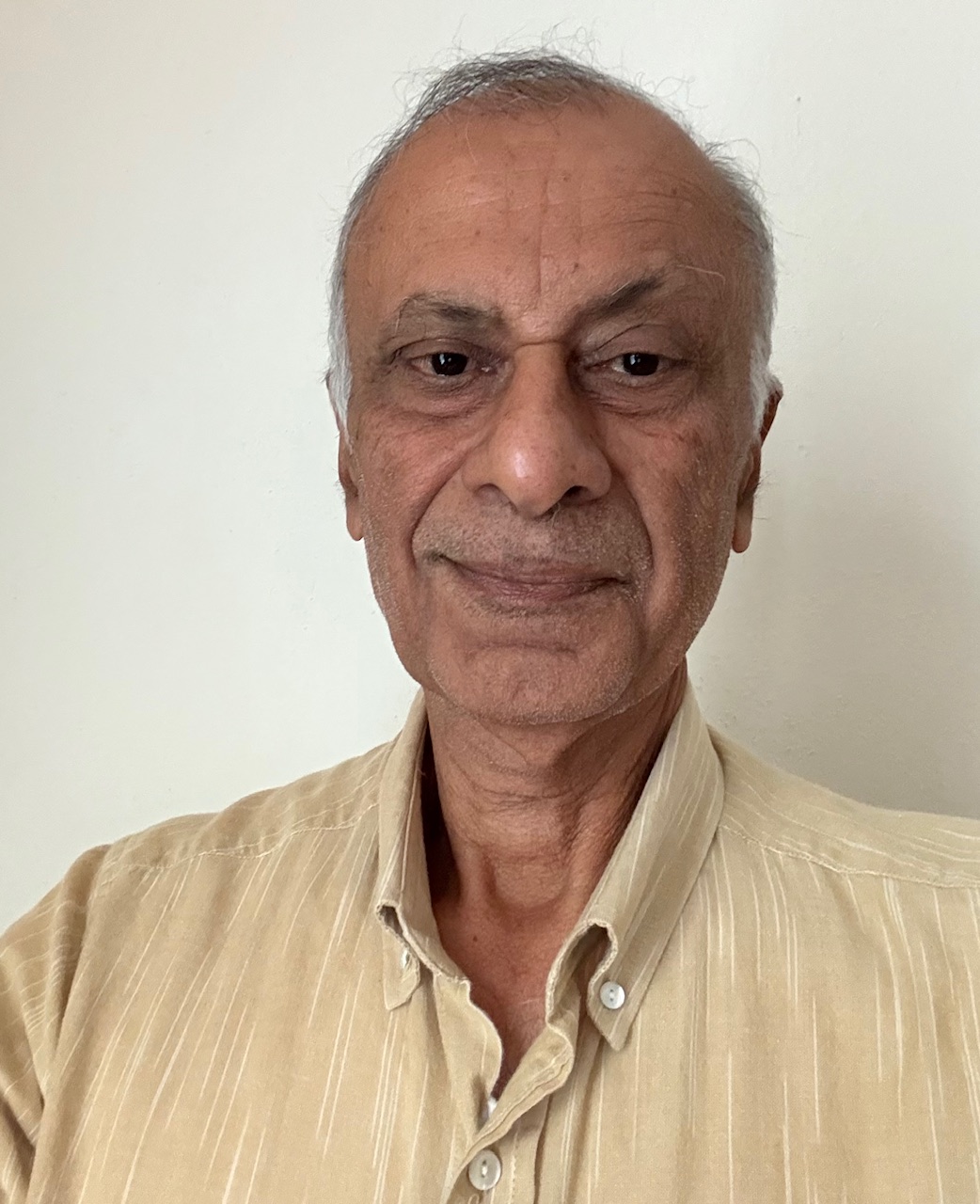Phased Array Ultrasonic Wave Propagation in Stainless Steel Welds
Explore how grain structure and anisotropy in stainless steel impact phased array inspections, wave behavior, and why both notches and side-drilled holes are needed for sensitivity calibration.
Credit Info
- Contact Hours: 1
- IACET CEUs: .1
- Valid for ASNT Level III recertification: Yes
Course Overview
This webinar explores how ultrasonic waves propagate through stainless steel and how grain size, anisotropy, and crystal structure affect longitudinal and shear wave behavior. Attendees will examine why inspection of welds requires a different approach than pipe due to coarse grains and directional sound transmission. The webinar also discusses sensitivity calibration, emphasizing the need to use both side-drilled holes and ID notches to ensure accurate flaw detection.
Upon Completion, Learners Will Be Able To:
- Describe how crystal lattice causes anisotropy.
- Recognize the difference between carbon steel and stainless steel as related to wave propagation
- Differentiate between beam skewing and scattering in stainless steels
- Summarize the selection of phased array probes based on active aperture, focusing and resolution
- Explain the mode conversion of longitudinal waves from notches and its effect on calibration sensitivity.
- Demonstrate how to establish calibration sensitivity
Meet the Speaker

Anmol Birring
Anmol Birring holds degrees from the Indian Institute of Technology, Delhi, and Iowa State University. He began his career at Southwest Research Institute in San Antonio, where he conducted research on texture in stainless steel and its impact on ultrasonic wave propagation.
He currently offers nondestructive testing (NDT) training and consulting services and holds ASNT Level III certification in seven methods.
Questions? Contact us at education@asnt.org